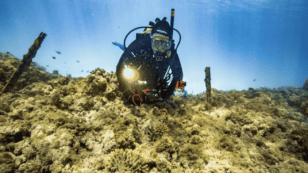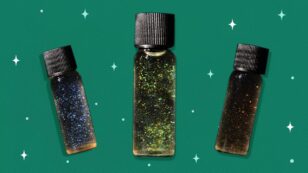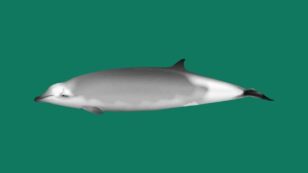
Prestigious Engineering Prize Awarded to Pioneering Solar Team
A prestigious engineering prize has been awarded to a team of scientists who helped enable the green energy transition by boosting the efficiency of solar cells.

A prestigious engineering prize has been awarded to a team of scientists who helped enable the green energy transition by boosting the efficiency of solar cells.

There’s hope that an innovative idea may have what it takes to help save the beleaguered Great Barrier Reef. For the first time, Coral IVF babies have themselves reproduced on a previously degraded reef, the Great Barrier Reef Foundation (GBRF) announced Monday. “We couldn’t be more excited to see that these coral babies have grown […]

People in the U.S. are taking the climate crisis more seriously than ever before, a new survey indicates. The latest Climate Change in the American Mind survey from the Yale Program on Climate Change Communication found that an all-time high of 76 percent of U.S. respondents think global warming is happening. Further, for the first […]

A new analysis from the Environmental Protection Agency (EPA) finds that forever chemicals are even more toxic than previously thought. The agency announced Tuesday that it was asking its Scientific Advisory Board to review draft scientific documents about the health impacts of two types of Per- and Polyfluoroalkyl Substances (PFAS): Perfluorooctanoic acid (PFOA) and Perfluorooctane […]

The climate crisis has been called the “biggest global health threat of the 21st century,” and there is a growing awareness that it puts mental as well as physical health in jeopardy. Now, a first-of-its-kind study published in Scientific Reports Monday finds an association between the increased humidity caused by global heating and suicide. “It’s […]

The holiday season is approaching, which means that stores are starting to fill with cards and decorations coated in glitter. Scientists and environmental advocates have pointed out that glitter is actually made of microplastics, and is therefore a dangerous contribution to the ocean plastic crisis. But now researchers may have developed a path towards a […]

For the first time, scientists have discovered a dinosaur species unique to Greenland. The new dinosaur was a long-necked herbivore that lived around 214 million years ago, and its scientific name reflects its unique home: Issi saaneq means “cold bone” in Greenland’s Indigenous Kalaallisut language. “We have selected a name in Inuit language to honor […]

A new species of beaked whale has been identified in a unique collaboration between Indigenous knowledge and Western science. The new species, formally announced in Proceedings of the Royal Society B last month, is named Ramari’s beaked whale after Ramari Stewart, a female Mātauranga Māori whale expert who was instrumental in the discovery. Ramari also […]

It turns out, humans have a skill in common with baby seals: we can both lower our pitch in response to the world around us. That’s the result of a new study published in Philosophical Transactions of the Royal Society B Monday, which marks the first time this ability has been observed in baby seals. […]